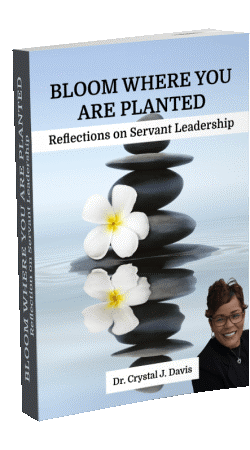I have recently been following Heather Younger at Employee Fanatix and ordered her book The Art of Caring Leadership, a must-read for Servant-Leaders. In her article, Three Steps to an inclusive organization, Mrs. Younger invites us to ask ourselves three questions around inclusivity in our organizations. I thought I might repost them for our consideration this Monday Morning.
1. Ask yourselves, “Who have I invited to dance? What do they look like? Do they share similar experiences to mine? Will they be able to be their fullest self comfortably?”
The more inclusive an organization is, the more likely it will maintain diverse talent and perform better. Therefore, if the entire organization’s culture rests on “like” being with “like,” then there is no room for inclusion to take root and flourish. Growth in any form is uncomfortable. Growing in inclusion is too. But the benefits outweigh any discomfort that branching out may cause. Besides, organizations that cling to the cultures of the past will struggle. They will find that they cannot maintain diverse talent because they lack a fertile environment for a diverse workforce to flourish.
2. The second question I want you to reflect on is, who is your organization promoting through the ranks?
Typically, I see that even if there is diverse talent, the development path tends to be of people from the same background. When that’s the case, then who holds the seats at the decision maker’s table? That’s right, a group of like-minded individuals with less of an opportunity to be innovative and successful. Since decision-makers tend to hold rank in the higher levels of an organization, diversity metrics must remain strong through each tier of the company.
3. Lastly, I want you to reflect on what kind of language your organization uses and allows. Does the colloquial dialect of your organization contain any microaggressions? Is it limiting and specific to certain demographics with similar lived experiences?
We have to be careful to use words that bring people closer together and create more unified workplaces rather than using divisive language that drives people away. The easiest way to ensure that your organization’s syntax is appropriate and inclusive is by researching both within and outside of your organization. Solicit feedback and educate the employees that make up your organization.
As Servant-Leaders, we understand that who we invite to the table, who we are promoting in our organizations, and what language we are using contribute to the inclusivity and success of our organization!
You can read the entire post here.
To inclusivity,
Dr. Crystal









